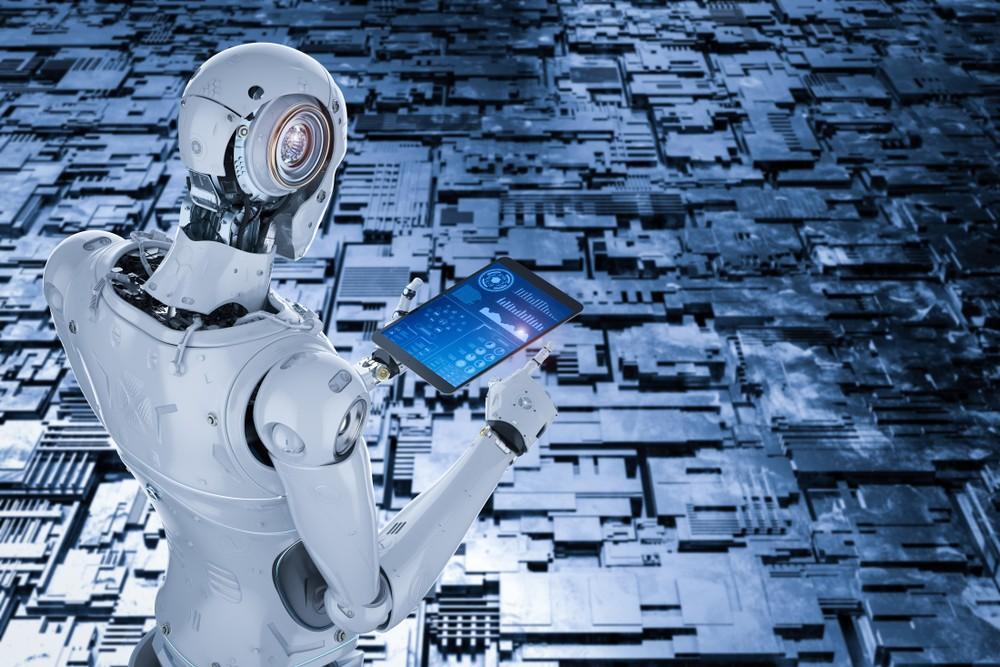Since the very beginning of modern robotics, researchers have been exploring new ways to improve motion planning for humanoid robots to help them navigate better.
Humanoid robots are robots with their bodies built to resemble those of humans. Most humanoid robots have a torso, a head, two arms, and two legs like a regular human. But, some of them might only resemble some body parts of humans. For instance, some humanoid robots have body parts of the upper body like the face and hands and not the lower body. When it comes to moving, one of the major differences between humanoid robots and other robots is the humanoid robots’ ability to perform human-like movements like biped gait. The development of accurate obstacle avoidance software and motion planning for humanoid robots is among the most important milestones towards increasing the overall autonomy and functionality of these robots.
Importance of Motion Planning for Humanoid Robots
There are several different motion planning algorithms available that can differ slightly from one another. However, all these algorithms fulfill some of the common aspects like where to move and what path to take.
Defining Configuration Space
Configuration space defines all the available space that a robot can access in an environment. Motion planning algorithms first defines configuration space and mark some location points in that space. Then based on these location points, the motion learning algorithms define a route for the humanoid robots. For instance, in maps that use GPS, configuration space is all the streets that have been mapped in the world. With the help of these streets, maps can provide directions from one end to another end. The same is the case with humanoid robot algorithms; they use configuration space to get the shortest distance from one position to another.
Algorithms that pick location points of configuration space remove paths were obstacles are present that can stop robots from moving to or through that place. By removing such points, these algorithms ensure that only free space is available for planning a route.
Planning the Path
Once all the location points in the configuration space are configured, motion planning algorithms plot the best path available for humanoid robots’ movement. And, this part is where different algorithms can provide different approaches for motion planning. For instance, some algorithms known as combinatorial planning algorithms can find a solution to problems if they exist or report failure if they are unable to find any solution. These algorithms might take some time to figure out a solution. But, some other algorithms, also known as sampling-based algorithms, are more efficient and quicker than previous ones but cannot find solutions to all problems.
As humanoid robots continue to enter the mainstream in the several upcoming decades, motion planning for humanoid robots with collision avoidance will be of utmost importance in the field of robotics. And not only humanoid robots, but also other areas of robotics will continue their research to improve the accuracy of motion planning algorithms. For instance, real-time motion planning in autonomous vehicles will help these vehicles to quickly switch routes in case of any traffic jams or construction work being carried out on a route to the destination. Such a feature will help autonomous vehicles overcome many challenges, allowing them to gain mainstream adoption.




Leave your comments
Post comment as a guest